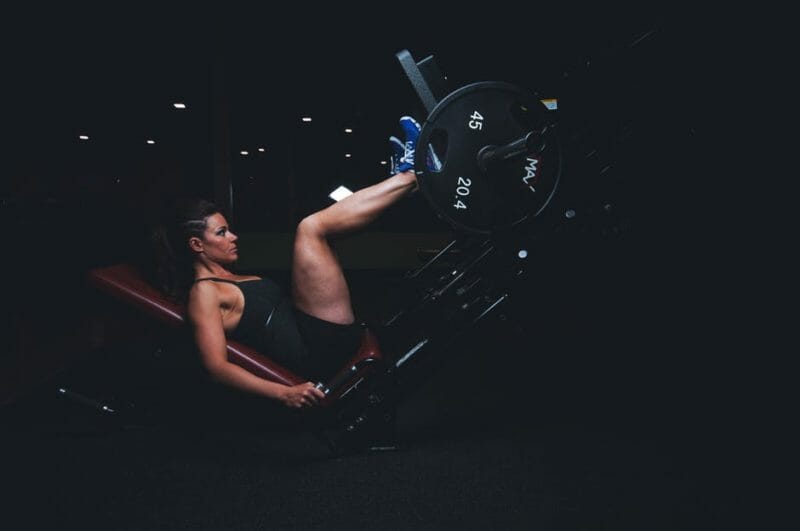Two triathletes have argued that their recent adverse analytical findings (AAFs) for ostarine were due to use of salt tablets, which are commonly used to combat the effects of dehydration. However, incredibly, one triathlete has argued that her ostarine AAF could also have been due to drinks given out at trialthton events.
Lauren Barnett accepted a six-month sanction, after the World Triathlon Corporation (WTC) accepted that her ostarine AAF was due to a contaminated salt tablet. Beth McKenzie accepted a two-year sanction, as although the WTC agreed that her ingestion of ostarine was unintentional, she could not definitively prove that her ostarine AAF was due to contaminated salt tablets, as laboratory evidence could not prove the contamination through testing of other packets from the same supplier.
Ostarine is a selective androgen receptor modulator (SARM) used in muscle wasting or osteoporosis-type conditions, but can be used by athletes to build muscle. As such, ostarine was added to the World Anti-Doping Agency’s (WADA) Prohibited List in 2008. Last year,
The Sports Integrity Initiative reported 12 AAFs for ostarine across various sports including athletics, baseball, boxing, cycling, motocross, para-sport, UFC and weightlifting.
‘After finding out that her July 17, 2016 sample had tested positive for trace amounts of a banned substance that she never knowingly took, Lauren was determined to find out the cause’, read a
media statement from Barnett. ‘Subsequent testing by two independent laboratories on both the bottle she had used on the day of her positive test and another sealed bottle from an entirely different batch and lot number proved that a salt tablet that Lauren had taken was contaminated and caused this positive test’.
“I no longer have to wonder how a substance got into my body when I never would have knowingly or intentionally put it there”, said Barnett in the statement. “I never would have imagined that a salt tablet, an electrolyte replacement that endurance athletes routinely rely on while racing in hot and humid conditions, could be the root cause of all of this”.
McKenzie was not as lucky, as despite laboratory testing recording a ‘presumptive positive’ on a packet of salt tablets she had sent, analysis of subsequent packets of salt pills was unable to confirm the ostarine AAF. ‘To this day, I cannot make sense of this’, writes McKenzie in a detailed
blog post. How can you get a positive for “something” on a substance that should really only be salt, and then have it disappear or become
an artifact? Since the salt pills were in sample packets of 3 pills each, I suppose the times at which they were produced in the production line could have impacted whether some packets were contaminated and others were not.’
McKenzie tested positive at Ironman Australia on 1 May 2016. She revealed that another triathlete, Lisa Marangon, also tested positive for ostarine at another Australian race, three months before. She received a four-year
sanction issued by Triathlon Australia after being unable to prove the source of the ostarine. As laboratory analysis has been unable to confirm if the salt tablets were definitively the cause of her ostarine AAF, McKenzie has explored other options, coming to a remarkable conclusion: drinks given out by race organisers could be at fault.
‘Although Lisa believes that her case was sabotage, and it very well could have been, our cases have two similarities: Neither of us could pinpoint the origin of ostarine, and both races served the same on-course hydration beverage’, writes McKenzie. ‘At the race site, batches are likely mixed from powder and water in the morning of the race. Although none of the three other competitors who were drug tested at my race tested positive, I know that that doesn’t categorically mean that it wasn’t on the race course. Personally, I took two 20+ oz bottles of the on-course drink- both from the same aid station on the bike. On a course with 10+ aid stations over 70 miles (race is 140.6 miles but you do some laps), it is not necessarily likely that these competitors who were tested took the on-course electrolyte at that SAME (& relative same time period) aid station rather than cola, water, or nothing. Sharing the course with over 2000 competitors (an IM & a 70.3), batches may be used and cycled throughout the day.’
‘I am not saying that this is how the ostarine entered my body (as I do believe it was the salt pills), and even I believe this sounds far-fetched, but I believe it is possible’, continues McKenzie. ‘After my exhaustive search in finding an answer from my end, I need to bring this up as a potential concern as the door is not closed. I made a formal request to the WTC to test, or give me information to test, the exact lot numbers (batches) of the drink that were used on course, but my request was denied. Whether they could not or would not supply it, I don’t know, but this was incredibly frustrating and again left me feeling powerless.’






